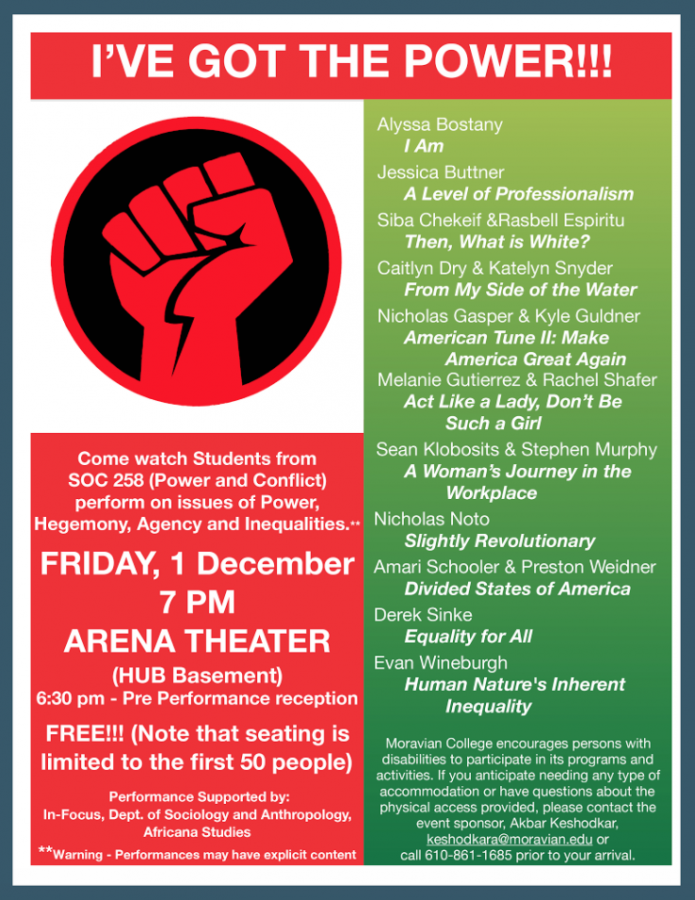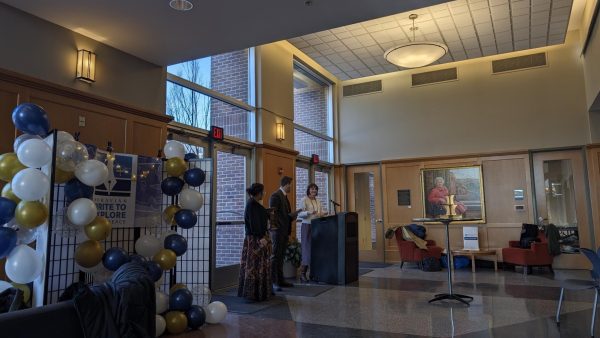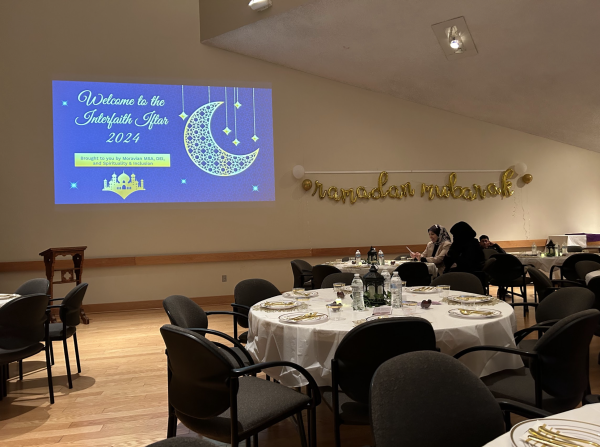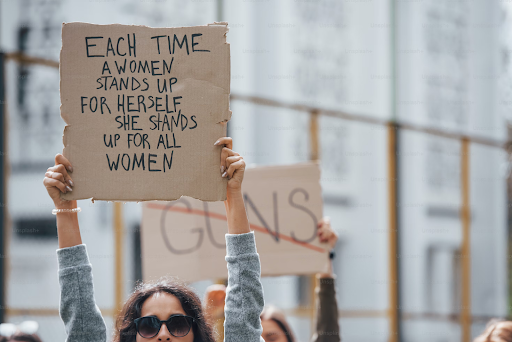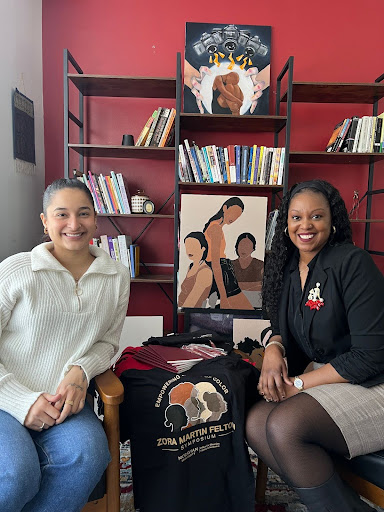We’ve Got the Power! Students Creatively Address Inequality and Power
On Dec. 1, 2017, Moravian College held the traditional Vespers service, but a more unconventional event took place on campus that night, as well.
Before a small audience in the Arena Theatre, 17 students in Professor Akbar Keshodkar’s Power and Conflict course put on multiple performances that spoke to the theme, “I’ve Got the Power!” The performances ranged from spoken-word poetry to a mock job interview, as well as a song with guitar accompaniment.
So why were students in a sociology course performing in such varied genres?
Dr. Keshodkar required his students to both write a creative work and then perform it in order to get them — and their audience — to consider issues of inequality and power. This assignment also encouraged students to think about the importance of contesting societal systems of power which promote inequality and subjugation.
Power is everywhere in our society.
Moravian College has power over us with the creation of rules and financial aid. Parents have power concerning household rules. Inequalities are everywhere, even if they are subtle, as when some white girls hold their purses tighter when a black man walks by.
Collectively, we have a responsibility to discuss these topics and contest these power structures.
First, however, we must change our mindsets to recognize and then think more deeply about situations which advantage some people and not others.
To cultivate this mindset, Dr. Keshodkar required his students to write a “creative” work, because he wanted them to see how art provides a flexibility of expression that more purely academic writing does not. The work students produced for the assignment included scripts, poems, lyrics, and dialogues, among others.
Another requirement for the assignment was for students to perform their creative work in the Arena Theatre. Dr. Keshodkar knew that the event would empower his students by having them address inequalities they may feel uncomfortable discussing in other settings. Through discussing what is wrong with society, he explained, students can “challenge those inequalities” and “change society as a result.”
A student in Dr. Keshodkar’s course, I performed my work, a spoken word poem which I wrote with a classmate. The poem is a dialogue between two characters: a white, dominant male and a black, subjugated female. The female character attempts to fight back in order to be promoted in her job, as well as be allowed to live in more affordable housing. The male character only gives in slightly to her requests.
Through writing and performing this piece, I found myself thinking about the inequalities around me which I tend to ignore. Honestly, it was empowering to be able to shed light on some of the inequalities which surround us from a more personal and artistic perspective.
Siba Chekeif and Rasbell Espiritu, other students in Dr. Keshodkar’s class, addressed racial inequality via a census. Jessica Buttner also conveyed gender inequality in employment in a poem. Another student, Nicholas Noto, took advantage of the opportunity to complain about his various grievances with the school, going to such lengths as calling the students “dogs” that bow down to Moravian’s administration, most notably concerning financial aid.
Dr. Keshodkar’s “I’ve Got the Power!” event, although small, was important. Students do not often get the chance to speak out in a creative way in a class, which is just what a liberal arts education should enable — and encourage — us to do.


